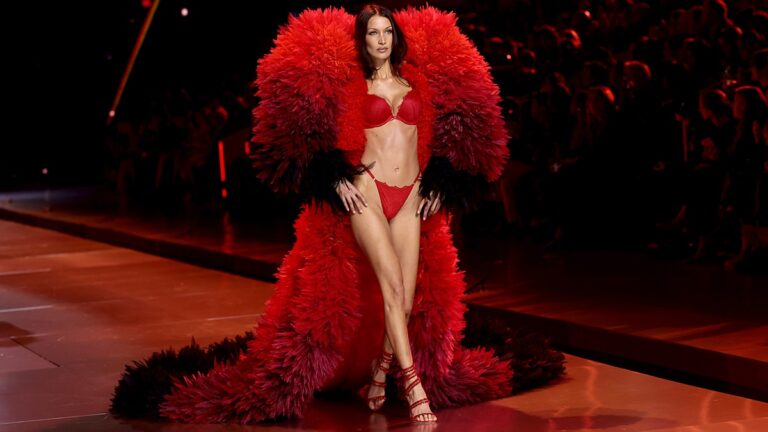Cou Cou is part of a new crop of direct-to-consumer-led brands that have taken market share from the likes of Victoria’s Secret with their innovative approaches that primarily focus on the consumer. Led by brands like Thirdlove, Aerie and Natori, more niche offerings are grabbing consumers fed up with traditional lingerie’s lack of newness. Skims is making a similar case, just on a much larger scale.
Consumers are endeavouring to seek out the brands that offer this sweet spot between style and comfort. Earlier this year, Magasin’s Laura Reilly published a newsletter about building a ‘no-skips underwear drawer’. “Imagine opening that drawer and having a straightforward answer to every outfit, a no-skips playlist of underpinnings that are comfortable, flattering, well-fitting and right for the job,” she wrote. Bra highlights included Cuup, Thirdlove and Ysé Paris. Notably, some brands, like Wacoal and Else, had bras on both the keep/add and skip lists, showing just how hard it can be for consumers to find a reliable bra brand.
The gap isn’t between mass and luxury anymore, Classi-Zummo says; it’s between those that innovate and those that don’t. “Today’s consumer is remarkably savvy. They’ve learnt that luxury hand feel and smart design shouldn’t be reserved for premium price points,” she says, pointing to retailers like Target that are leaning into product and fabric development. “Consumers in 2024 expect their intimate apparel to work as hard as they do, offering advanced support technology, sustainable materials and inclusive sizing, regardless of price point.”
The sweet spot can be hard to nail, says Christina Viviani, who is shuttering her eight-year-old lingerie brand The Great Eros (prior to here, she founded lingerie brand Curriculum Vitae and consulted for Solid & Striped). “The term ‘luxury’ is often misused, prioritising marketing and celebrity endorsements over product quality,” she says. “But customers are disappointed and discerning, and recognise when a brand’s essence has been compromised.” This leaves room for space for fresh, innovative brands to emerge, she says — particularly those that leverage technology in construction and new points of view.
Market opportunities
There’s ample room for investment in fit tech, experts agree. “Smart brands are investing in technical fabrications that deliver invisible support without compromising on comfort,” Classi-Zummo says. “We’re seeing exciting innovations in lightweight, breathable materials that can provide the structure of traditional underwired bras without the discomfort. The future isn’t just wireless or wired — it’s about engineering new solutions that bridge this gap.” Shapiro also flags the potential of AI to both improve fit and help consumers shopping online to find the right bra.


